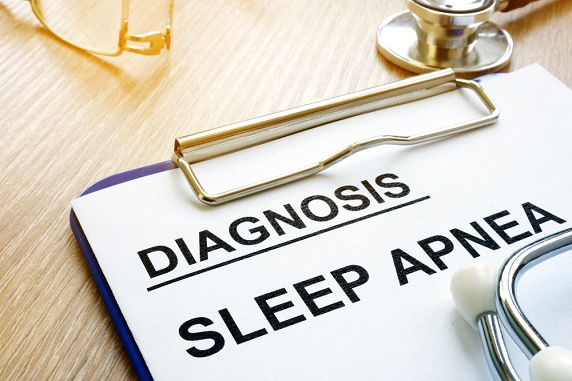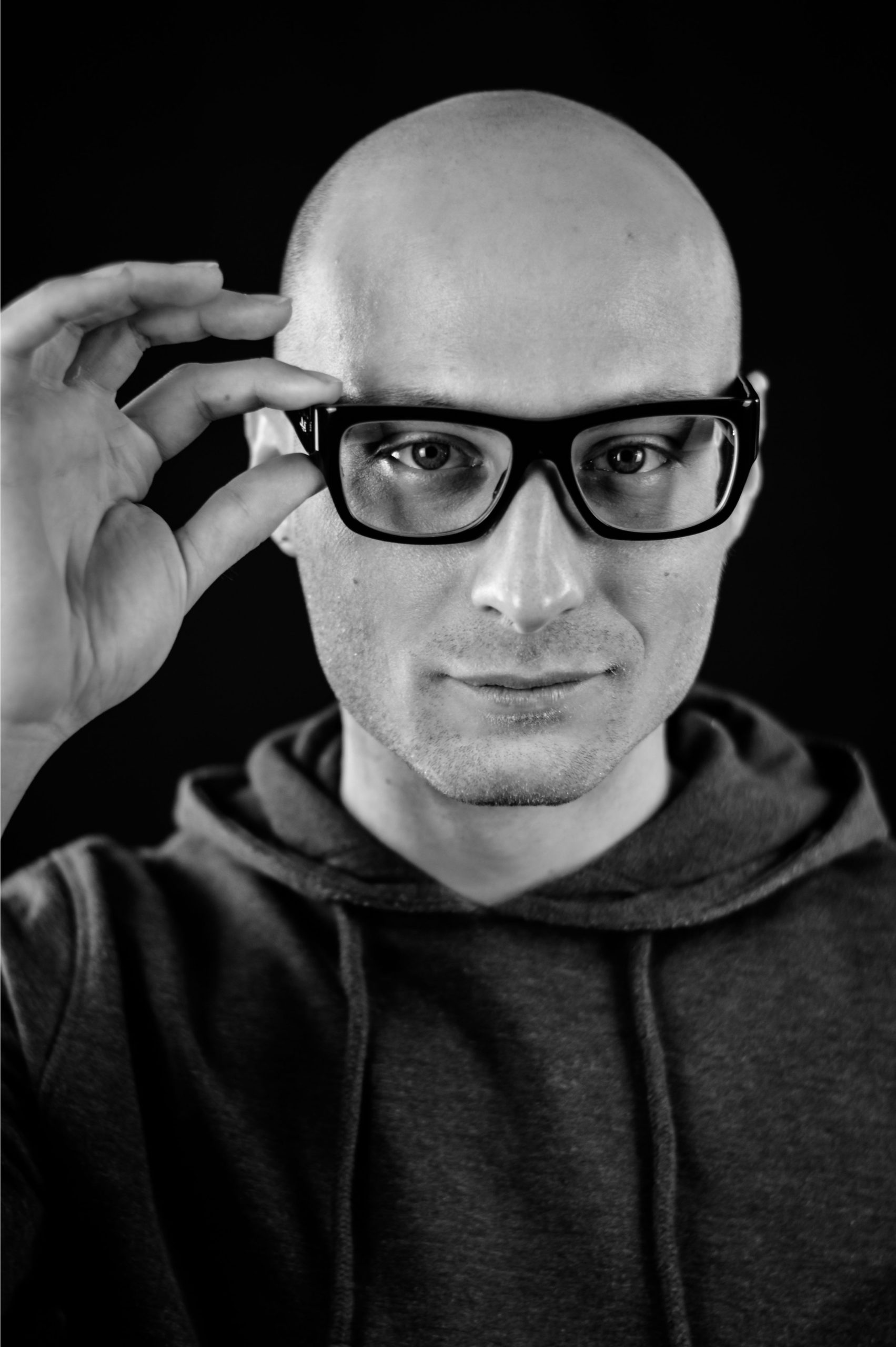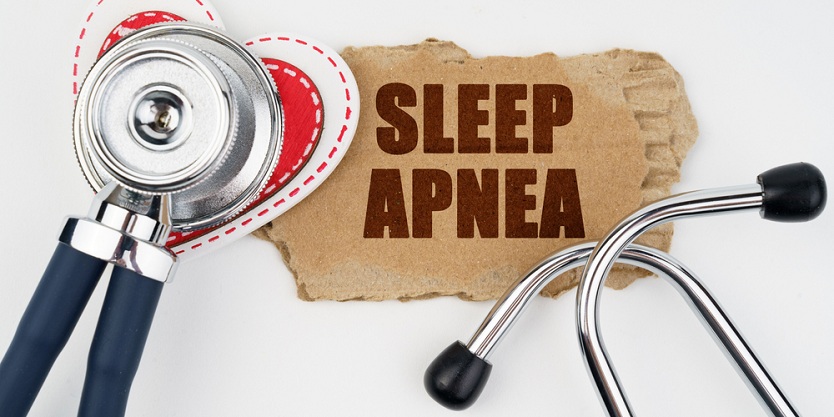Do you think you suffer from scary sleep apnea symptoms? If you're confused by your sleep patterns, stop postponing them and take action today. Try out these simple but effective tips for diagnosing sleep apnea. It’s important to diagnose and properly manage sleep apnea before it gets worse and causes serious health issues.
To start testing whether you suffer from sleep apnea, keep a proper record of your sleeping habits for at least seven to fourteen days. An ideal sleep diary would record:
- Length of sleep
- Time when you sleep.
- Time when you wake up
- Any record of dreams or nightmares
- Reaction as soon as you wake up
- Attentiveness during the day
- Any record of daydreaming
- Repeating forgetfulness
- Problems due to lack of concentration
- Any record of idleness
- Events related to sleep during waking hours
With a sleep diary, you might not be able to accurately determine whether you suffer from any sleeping disorders, but it will help diagnose them when provided to a sleep doctor. A sleep diary is essential for both home and clinical diagnoses.
Diagnosis of Sleep Apnea at Home

Being a sleeping disorder, it is easy to ignore sleep apnea until later stages in one's life when it becomes a problem. However, if you have a significant other, your loud grumbles during sleep may start coming out in public.
Thanks to modern technology, one now can easily access sleep apnea conditions from anywhere at any time.
Before beginning the home-based tests for sleep apnea, ensure that you didn't take any naps during the day, drink coffee, smoke cigarettes, or consume alcoholic beverages.
The Following Describes Some Ways to Test Sleep Apnea at Home
- If you want to diagnose yourself with obstructive apneas, asking someone else to watch over you during your sleeping hours is probably the best way to go. Make sure you acquaint the person of your choice with everything they need to know before you go to bed.
- Record your sleeping patterns yourself, by using a video recorder focused on you, close enough so that you can see any irregular respiration during your sleeping pattern. If you're close enough to the camera, the clearer your video will be. Write down any inferences you draw from the same in your daily sleep diary.
- Home sleep-based testing monitor: A portable monitoring device that measures your oxygen level in your bloodstream, air movement, heart rate, and sound levels during your sleeping hours. It may help you figure out whether you're suffering from sleep apnea at home, and if so, it might give your sleep doctor some additional insight into your condition.
How to Test Sleep Apnea in a Hospital
With almost 40 million Americans having some form of sleep apnea, there is better diagnosis and treatment for these patients. Once you confirm that you have sleep apnea by using home-based methods, then the next thing to do is to go see a sleep clinic.
Your sleep doctor may use your sleep diary and home sleep test results to help diagnose your condition further. You'll need to stay overnight at the hospital for one night so that the doctors can use specialized equipment to monitor your sleeping pattern.
The Following describes some ways by which a sleep doctor diagnoses sleep apnea
When people go to a doctor, they're usually asked questions about their medical history. These include things like whether they have any family members who suffer from insomnia. After analyzing all possible medical history, including your height, weight, neck circumference, high blood pressure, etc., the next step is to analyze any factors that may be causing your sleep apnea.
- Electroencephalography (EEG): this is used to view and analyze brain waves in people. This test measures and records any or all abnormal patterns present in the transmission of electrical activity in the brain during sleep. It involves placing small wires on the head of a patient who has been asleep in a special room called a sleeping chamber.
- Electrooculography (EOG): This test measures the electrical activity between the front and back parts of the eyes called the cornea-retina junction. The recording of electrical signals themselves is called electroencephalography (EEG) or EEG. Eye movement recordings help to determine various abnormalities during REM (rapid eye movement) sleeping patterns.
- Electromyography (EMG): Observes muscle activity during sleep and records all facial twitching, limb movement, REM, and tooth grinding. It analyzes electrical signals from the skeletal muscles of our brains to diagnose sleep apnea.
- Electrocardiograph (ECG): An electrocardiograph records the rate and rhythm at which the heartbeat occurs in a patient who has been asleep for some time. It is used to diagnose patients suffering from sleep apnea.
- Pulse Oximetry: Measures the oxygen saturation (or lack thereof) in the blood of a patient who has been asleep for some time. This method records the rate of efficiency of transport of oxygen to various organs by detecting changes in oxygen levels in the bloodstream. It works by fitting a sensor called a pulse oximeter onto the finger of a patient who has been asleep for some time.
- Polysomnography (PSG): It records brain activity; eyes moving; heart rate; blood pressure; oxygen saturation; breathing patterns; body position; and stages of sleep in a patient. It is done with the help of sensors attached to the head, skin, finger, neck, and chest of a human being.
- Chest and Abdominal Movement Recording: Recording the breathing pattern of a sleeping individual by watching their chest and abdominal movements. This is done by placing a medical-sensitive belt across the chest and abdomen
- Nasal Airflow Record: It observes the rate of blockage of airflow through the nostrils with the use of a mask-like device placed around the nostril.
- Snore Microphone: records the frequency and duration of snores in a sleeping person;
Apnea Hypopnea Index (AHI) is a measurement used to determine whether someone has sleep apnea. It's calculated by measuring the number of times a person stops breathing during their sleep. Sleep apnea is usually classified into three categories according to AI measurement: mild (5 or less), moderate (15 to 30), and severe (>30).

As a degreed engineer, I love new technology as much as you do (perhaps more). I also understand how to sort the best products from the rest. My team and I spend dozens of hours each week reviewing the best & latest products for your bedroom. Many are tested in-house, and others we break down based on our technical understanding. Whether you need a bed-cooling system, an adjustable bed, or a new CPAP machine – we've got you covered.

